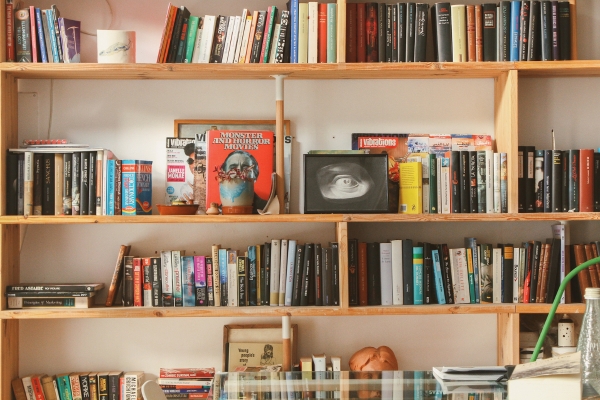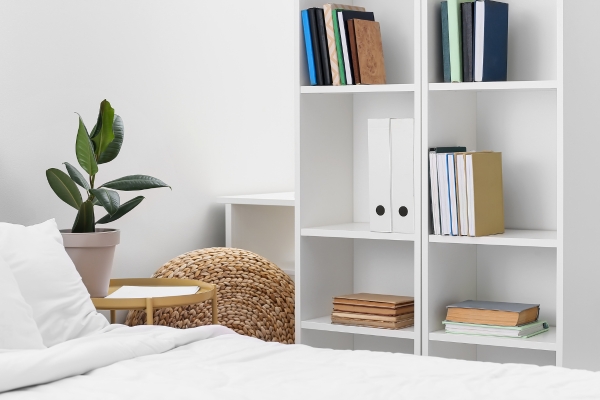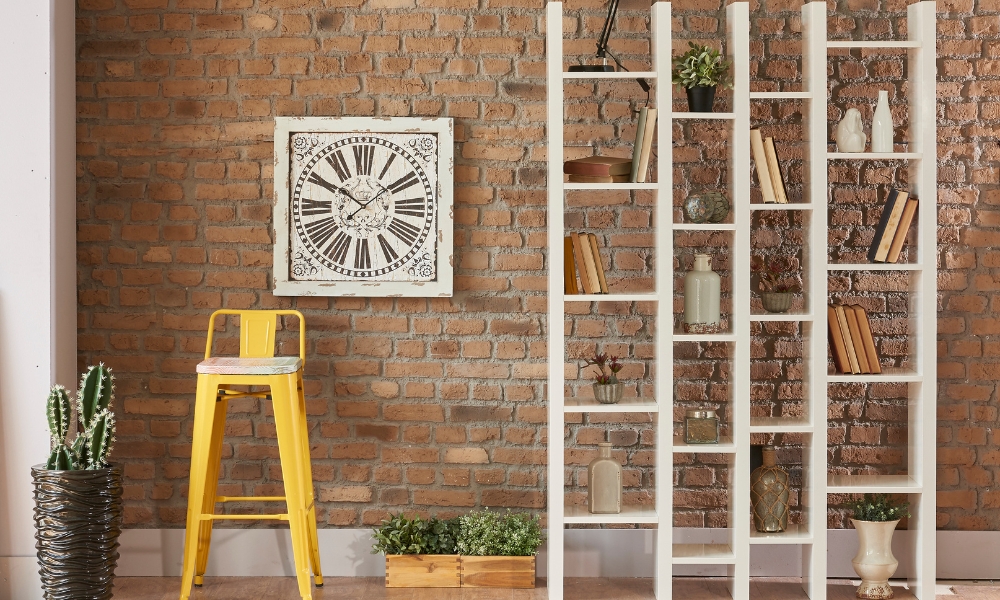Securing a bookshelf to the wall is an essential step in ensuring the safety and stability of your furniture. Whether you live in an area prone to earthquakes or have young children who might attempt to climb the shelves, learning how to secure a shelf to the wall can prevent accidents and damage. This process involves a few simple steps, including selecting the right hardware, finding the studs in your walls, and properly anchoring the shelf. By following these guidelines, you can create a safer home environment and protect both your books and loved ones. In this article, we will guide you through the detailed steps on how to secure a bookshelf to the wall effectively.
Why is it important to secure a bookshelf to the wall?
Securing a bookshelf to the wall is crucial for several reasons. First and foremost, it enhances safety by preventing the shelf from tipping over, which can cause serious injuries, especially in homes with small children or pets. In areas prone to seismic activity, such as earthquake zones, a secured book minimizes the risk of it falling and causing damage or harm during tremors. Additionally, a properly anchored shelf protects your valuable books and decor from potential damage due to instability. By taking the time to secure your shelf to the walls, you ensure a safer and more secure living environment, safeguarding both your belongings and loved ones.
Can I secure a bookshelf to a plaster wall?
Yes, you can secure a bookshelf to plaster walls, but it requires specific techniques to ensure a stable and secure installation. Plaster walls are more brittle than drywall, so using the right tools and hardware is essential. To start, locate the studs behind the plaster using a stud finder, as anchoring into the studs provides the most secure hold. If the studs are not in convenient locations, use specialized wall anchors designed for plaster, such as toggle bolts or molly bolts, which can distribute the load more effectively and prevent the plaster from cracking. By carefully selecting and using the appropriate hardware, you can successfully secure a shelf to a plaster walls, ensuring it remains stable and safe.
Materials Needed:
- Bookshelf
- Stud finder
- Wall anchors
- Screws
- L-brackets or anti-tip straps
- Drill and appropriate drill bits
- Screwdriver
- Level
- Measuring tape
- Pencil
Steps to Secure a Bookshelf to the Wall
1. Empty the Bookshelf

Before beginning the process of securing your to the walls, it’s essential to empty the book shelf entirely. Removing all books and items will not only make the bookshelf lighter and easier to maneuver, but it will also prevent any objects from falling and causing injury during the installation. Additionally, an empty shelf allows you to access all necessary parts without obstruction, ensuring a smoother and safer anchoring process.
2. Locate the Studs

The next step is to locate the wall studs, which provide the most secure anchoring points for your bookshelf. Use a stud finder to identify the positions of the studs behind the wall. Mark these locations with a pencil. Studs are typically spaced 16 or 24 inches apart, so once you find one, you can measure to locate the others. Anchoring your brackets into studs will ensure a firm and reliable hold, significantly reducing the risk of the Decorate A Bookshelf tipping over.
3. Position the Bookshelf

With the studs located, position your book against the wall in your desired location. Make sure it is level and aligned properly with the walls studs. This step may require an extra pair of hands to hold the steady while you make the necessary adjustments. Ensuring the bookshelf is correctly positioned is crucial for both aesthetic and safety reasons, as it will determine where you place the brackets for securing it to the walls.
4. Mark the Bracket Locations

Once the bookshelf is positioned, mark the locations where the brackets will be installed. Typically, brackets should be placed at the top corners of the and aligned with the wall studs. Using a pencil, make small marks on the walls through the holes in the brackets. These marks will serve as a guide for drilling pilot holes and installing the screws. Accurate marking is essential to ensure the brackets are properly aligned with the studs, providing maximum stability and support for your shelf.
5. Attach Brackets to the Bookshelf

After marking the bracket locations, attach the brackets to the top of the bookshelf. Use screws that are appropriate for the material of your book, whether it’s wood, particleboard, or another material. Ensure the brackets are securely fastened and flush with the top surface of the book to provide a strong anchor point for when you attach the book shelf to the wall.
6. Drill Pilot Holes
With the bracket locations marked on the walls, drill pilot holes into the studs. Pilot holes help guide the screws and prevent the wood from splitting, ensuring a secure attachment. Use a drill bit that is slightly smaller than the screws you will be using. Be sure to drill straight into the studs to provide the strongest hold.
7. Secure the Brackets to the Wall

Once the pilot holes are drilled, align the brackets attached to the book shelf with the pilot holes in the wall. Secure the brackets to the walls using appropriate screws. Tighten the screws firmly to ensure that the book is securely anchored to the wall. This step is crucial for the stability of the book shelf, so double-check that all screws are tight and the brackets are firmly in place.
8. Double-Check Stability
After securing the book, double-check its stability. Gently shake the book shelf to ensure it is firmly anchored and does not wobble. Make sure all brackets and screws are tight and the book is level. If any adjustments are needed, make them now to ensure the book shelf is secure.
9. Replace Items

Once you are confident that the book is securely attached to the wall, you can begin replacing your books and other items. Distribute the weight evenly across the shelves to maintain stability. Avoid overloading the shelves, especially the top ones, to prevent tipping.
Conclusion
Securing a bookshelf to the walls is a straightforward yet essential process for ensuring the safety and stability of your furniture. By following these steps—emptying the book, locating the studs, positioning the book, marking the bracket locations, attaching the brackets, drilling pilot holes, securing the brackets to the walls, double-checking stability, and replacing items—you can confidently anchor your bookshelf, creating a safer environment in your home. Whether dealing with plaster or drywall, using the right techniques and hardware will help keep your book shelf secure and your home safe.
